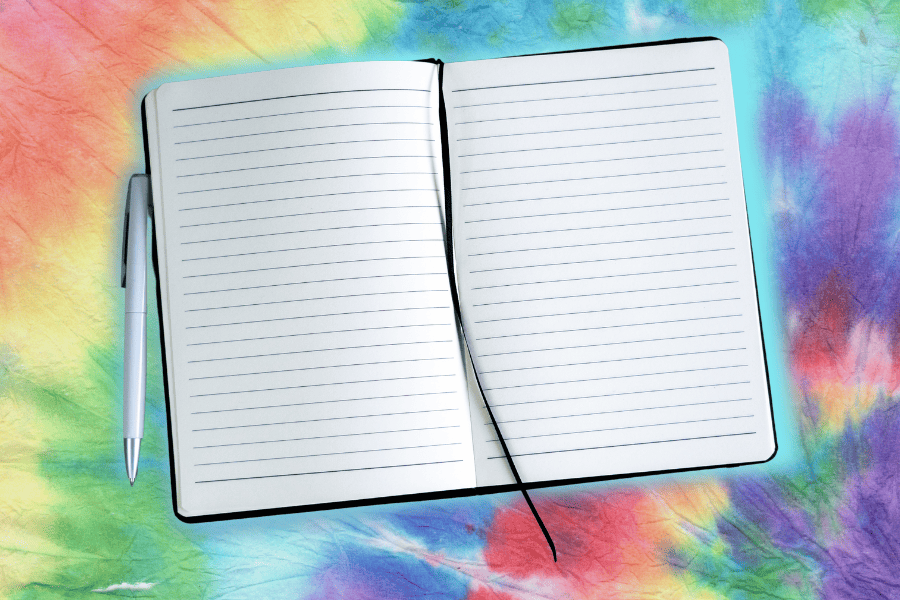Breathwork is an important tool for getting the most out of your microdosing regimen. It can help by heightening awareness experienced throughout the day, fostering a deeper connection to the present moment.
What’s Breathwork?
As the name suggests, intentional and regulated breathing is deliberately taking deep breaths at regular intervals. This technique originated with the concept of Pranayama in yoga and has been widely embraced in different Eastern traditions such as Tai Chi.
The essence of intentional breathing lies in making a conscious shift in your breathing pattern. What characterizes this exercise is its usefulness as a powerful and dependable instrument for promoting transformation and healing.
Daily mindful breathing provides several advantages to the spirit, mind, and body. We have seen a variety of great results from implementing daily breathwork into our routine. One noticeable impact is the ease with which you can achieve deeper states of awareness and focus.
Undoubtedly, intentional breathwork is a beneficial discipline. Let’s take a look at different breathwork techniques.

What’s Microdosing?
Microdosing is a term that’s now part of our everyday language. It refers to the practice of taking a small dose of a hallucinogenic substance. The idea is that the dose is low enough that it does not interfere with your “normal” functioning while yet having an effect. This differs from higher doses used for recreational purposes or in psychedelic therapy.
Interestingly, there is no commonly accepted scientific definition for microdosing. Researchers frequently refer to it as one-fifth to one-twentieth of a recreational dose. For example, in two investigations employing pure psilocin (the active element in psychedelic mushrooms), a microdose was defined as less than one milligram. To put it in context, a “medium dose” in those trials was classified as 15 milligrams. If you want to learn more about the topic check our guide on microdosing.

3 Main Breathwork Techniques
The world of breathwork is vast, and choosing the right technique can be difficult. However, The key lies in clarifying your objectives, as your desired outcomes will serve as the compass guiding your breathwork expedition.
In the immediate context, breathwork can be divided into activating, energy-boosting procedures, and peaceful, relaxation-inducing approaches. However, in the big scheme of things, the bulk of breathwork activities have a dual nature, being both rejuvenating and relaxing. This duality is really beneficial in the long run, working as a stress-reduction mechanism that improves the quality of our rest-and-digest phases.
Now, let’s explore the three well-recognized breathwork techniques. Each method possesses its distinct purpose and effects, providing a roadmap for those seeking to harness the power of intentional breathing.
1. Mindful Breathing
Mindful breathing is all about tuning in – consciously focusing on each breath while allowing the natural rhythm to guide you. In the short term, it serves as a gateway, ushering our awareness into the immediate present.
This practice, it’s as simple as it gets, and it’s often the starting point for many. But don’t let its simplicity fool you – the long-term effects can be profound, backed by extensive research. While mindful breathing often finds itself entwined with other mindfulness techniques, studies singling it out reveal noteworthy benefits, especially for individuals grappling with anxiety and depression, and when combined with microdosing can yield significant results.
2. Diaphragmatic Breathing
This isn’t your casual mindful breathing – diaphragmatic breathing is like the heavyweight champ of breathwork. Picture it: the diaphragm contracting, the belly expanding, inhalations deepening, and exhalations lengthening. This technique not only slows down the breathing cycle but optimizes blood oxygen levels—an ancient practice cherished by martial artists and adept meditators in Eastern traditions spanning millennia.
This technique isn’t merely about the physical, instead, it’s a gateway to tranquility. By activating the parasympathetic nervous system, diaphragmatic breathing crafts a cool and calm mind. It stands as a self-regulation tool, which can be especially beneficial for those struggling with anxiety attacks. There are even scientific records of diaphragmatic breathing improving focus, mood and resulting in cortisol drop in the blood.
3. Holotropic Breathing
The word “holotropic” is a term derived from the Greek roots “holos” meaning “whole” and “trepein” meaning “moving in the direction of something,” symbolizing a journey toward completeness.
Holotropic breathwork, crafted by psychiatrist Stanislav Grof in 2013, seeks to propel individuals toward wholeness by tapping into the innate healing mechanisms within. Born out of necessity, as Grof had to pivot from psychedelic-assisted psychotherapy due to shifts in US drug laws. Grof’s foray into holotropic breathwork began when he observed the correlation between deep trauma release during LSD sessions and accompanying changes in breathing patterns. Transitioning away from psychedelics, he explored the drug-free potential of breathwork and discovered that what he coined as holotropic breathwork could induce non-ordinary states of consciousness and energy release without the aid of psychedelics.
Holotropic breathing is a practice of faster breathing while listening to emotive music in a carefully designed setting. Individuals work in pairs, taking turns as breathers and sitters. The breather, eyes closed on a mat, works with their breath and music to achieve a non-ordinary state of consciousness, with the sitter providing assistance as needed. Notably, no sitters or facilitators intervene or steer the process.
This breathwork technique, rather than external intervention, activates the practitioner’s innate healing intelligence, tapping into perinatal and transpersonal dimensions that organically steer the process. Microdosing can improve the whole holotropic experience. However, if you do try this method, make sure to write it down in your microdosing journal.
Importance of Journaling
Journaling has long been a popular form of treatment, and when combined with the potential therapeutic effects of microdosing, it creates an effective combination that many people find beneficial. A lot of individuals have reported feeling less worried, more relaxed, and more focused after combining these two activities on a regular basis.
The benefit of microdose journaling is that it is a personal practice that you can undertake from the comfort of your own home, without the requirement for professional help if you desire. It’s also a great way to keep your breathwork practice documented.
Microdose journaling is more than just recording changes; it also allows you to track your psychedelic use and breathwork practice on a daily, weekly, or monthly basis. Some people use microdose journals to determine when to take breaks from psychedelics, which increases sensitivity. This exercise is especially beneficial for people who struggle with memory or organizing.

Final Thoughts on Microdosing and Breathwork
Microdosing and breathwork together are a powerful tool for facilitating positive changes and growth. Yet, even without the use of microdosing, simply shifting your attention to your current breath is a powerful way to enter the present moment. After all, nothing is more urgent, life-affirming, and present than the rhythm of your current breath.
If you want to get the most out of your microdosing journey, start by kicking off the day with a breath-aware meditation, using one of the simple techniques we discussed before. It’s like a power-up for the awareness you’re already unlocking through microdosing.




